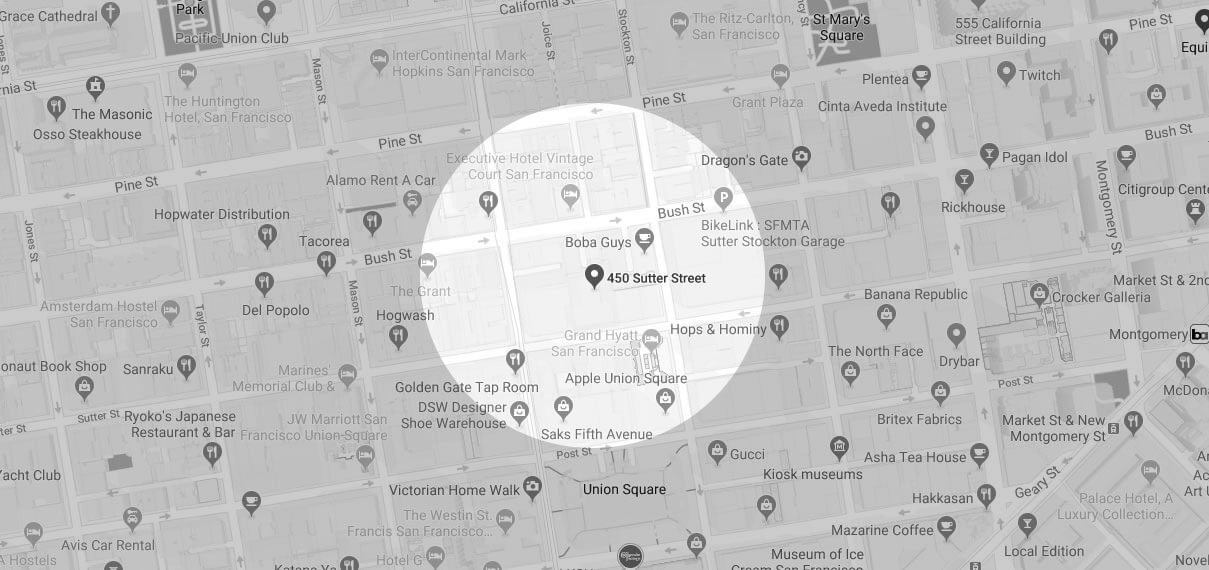By Dr. Maria Rodriguez, Dentist at My Dentist San Francisco
As an experienced dentist at My Dentist San Francisco, I have witnessed the evolution of orthodontic treatments and their impact on oral health. Invisalign, a modern approach to straightening teeth, has gained immense popularity due to its aesthetic appeal and convenience. However, it is imperative to understand that while Invisalign offers a less invasive alternative to traditional braces, it requires a dedicated oral hygiene regimen. In this article, I aim to delve into the intricacies of maintaining optimal dental health while undergoing Invisalign treatment.

Invisalign aligners, being removable and nearly invisible, present unique challenges and opportunities in dental care. Unlike fixed orthodontic appliances, these aligners allow for better access to teeth surfaces during cleaning. Yet, this advantage can be overshadowed if patients do not adhere to a strict oral hygiene routine. The effectiveness of Invisalign, therefore, is closely linked to the patient's commitment to maintaining their oral health.
The relationship between orthodontic treatments like Invisalign and oral health is complex and bidirectional. While these treatments aim to improve dental alignment and overall oral function, they can also create niches for bacterial accumulation if not managed properly. This article, thus, focuses on guiding patients through the best practices for oral hygiene during their Invisalign journey, ensuring that their path to a straighter smile is also a path to healthier teeth and gums.
Understanding the Risks: Plaque and Invisalign
Invisalign's design, while innovative, can inadvertently contribute to plaque accumulation if oral hygiene is neglected. Plaque, a film of bacteria and food debris, adheres to teeth and gum lines, and can become particularly problematic for those wearing orthodontic appliances. For Invisalign users, the aligners can trap plaque against the teeth, creating an environment conducive to tooth decay and gum disease.
The risk of plaque buildup is heightened in Invisalign wearers due to the close fit of the aligners over the teeth. This close fit can retain sugars and acids from food and drinks, exacerbating the effects of plaque. These acids can erode tooth enamel and irritate gum tissues, leading to cavities and gingivitis. Therefore, it's crucial for Invisalign patients to be vigilant in their oral hygiene practices.
Preventing plaque buildup with Invisalign involves a multi-faceted approach. Regular and thorough brushing, ideally after every meal and snack, is essential. Flossing daily to remove plaque between teeth and along the gum line is also critical. Additionally, patients should clean their aligners as per the recommended guidelines to prevent the accumulation of bacteria on the appliance itself. This comprehensive oral care routine is vital for maintaining oral health throughout the course of Invisalign treatment.
Oral Hygiene Best Practices with Invisalign
A robust oral hygiene regimen is paramount for Invisalign patients. This involves not only regular brushing and flossing but also adapting these practices to suit the specific needs of Invisalign treatment. Brushing should be gentle yet thorough, using a soft-bristled toothbrush to avoid damaging both the teeth and aligners. Fluoride toothpaste is recommended to help remineralize enamel and thwart tooth decay.
Flossing, often overlooked, plays a crucial role in Invisalign hygiene. It removes plaque and food particles that a toothbrush cannot reach, particularly important when wearing aligners that can press food and plaque against teeth. Additionally, I advocate for the use of an antimicrobial mouthwash to help control plaque and prevent gingivitis, a common concern among orthodontic patients.
Regular dental check-ups and cleanings are non-negotiable for those undergoing Invisalign treatment. These appointments allow for professional cleaning, which is more thorough than at-home care. They also provide an opportunity to monitor the progress of the treatment and address any emerging dental issues promptly. As a dentist, I use these visits to reinforce oral hygiene practices and make necessary adjustments to the treatment plan.
Caring for Your Invisalign Aligners
Proper care of Invisalign aligners is as important as caring for your teeth. Daily cleaning of the aligners prevents the buildup of plaque and bacteria, which can transfer to your teeth and gums. I recommend cleaning the aligners with a soft toothbrush and non-abrasive cleaner, avoiding hot water that can warp their shape.
It's crucial to understand what to avoid when caring for aligners. Colored or abrasive toothpastes can discolor and scratch the aligners, making them more visible. Similarly, exposing aligners to extreme temperatures can alter their fit, compromising the treatment effectiveness.
Safe storage of aligners when not in use is often overlooked but is vital. Storing aligners in a clean, secure place prevents loss or damage and reduces the risk of bacterial contamination. I always advise my patients to use the case provided to store their aligners safely, ensuring they remain clean and intact throughout the treatment duration.
Diet and Lifestyle Considerations During Invisalign Treatment
Diet plays a significant role in oral health, especially for those undergoing Invisalign treatment. Certain foods and beverages can increase the risk of plaque buildup and stain the aligners. I recommend avoiding sugary, sticky, acidic and highly pigmented foods and beverages, as they can lead to tooth decay and aligner discoloration. It's also important to remove aligners before eating or drinking anything other than water to prevent damage and staining.
Hydration is key during Invisalign treatment. Drinking plenty of water aids in washing away food particles and residues that can lead to plaque formation. Water is also essential for maintaining a healthy oral environment, reducing the risk of dry mouth, which can exacerbate dental problems.
Snacking habits should be reassessed during Invisalign treatment. Frequent snacking can lead to increased plaque accumulation, as the aligners can trap food particles against the teeth. I advise patients to limit snacking and ensure thorough oral hygiene after each snack. This approach not only benefits oral health but also contributes to the overall effectiveness of the Invisalign treatment.
Managing Discomfort and Oral Irritation with Invisalign
Adjusting to Invisalign aligners can sometimes be accompanied by discomfort and oral irritation. This is typically most pronounced when starting a new set of aligners, as the teeth begin to shift. This discomfort is usually temporary and can be managed with over-the-counter pain relievers if necessary. However, if the discomfort persists or worsens, it's important to consult with your dentist.
The design of Invisalign aligners is intended to minimize oral irritation. However, some patients may experience minor irritations, especially during the initial phase of treatment. In such cases, using dental wax on specific areas of the aligner can provide relief. It's also crucial to ensure that the aligners are properly fitted and free of sharp edges.
Regular communication with your dentist is essential in managing any discomfort or irritation. As a dentist, I make it a point to discuss potential issues with my patients and provide tailored advice to ensure a comfortable treatment experience. This includes adjusting the treatment plan if necessary and providing guidance on managing sensitivity and irritation.
The Role of Dental Professionals in Invisalign Treatment
The success of Invisalign treatment is heavily dependent on the expertise and guidance of dental professionals. As a dentist, I play a crucial role in designing and monitoring the treatment plan, ensuring that the aligners are effectively realigning the teeth while maintaining oral health.
Regular dental visits during Invisalign treatment are not just for routine check-ups. These appointments provide an opportunity to make necessary adjustments to the aligners, ensuring they fit correctly and are working as intended. It's also a time for professional cleaning, which is vital for removing plaque and tartar that might have built up, especially in hard-to-reach areas.
Patient education is a significant part of the Invisalign in San Francisco. I take the time to educate my patients on the importance of oral hygiene, aligner care, and lifestyle modifications necessary for the success of their treatment. This education is tailored to each patient's needs and circumstances, ensuring they have all the information and tools needed to achieve the best possible outcome.
Last Words
Finally, Invisalign is an effective and aesthetically pleasing option for orthodontic treatment, but it requires a committed approach to oral hygiene and aligner care. As a dental professional, my goal is to guide patients through their Invisalign journey, ensuring they achieve not only a straighter smile but also maintain optimal oral health. By understanding the challenges and embracing the best practices outlined in this article, patients can enjoy the benefits of Invisalign while keeping their teeth and gums healthy. Remember, a beautiful smile is a healthy smile, and with Invisalign, you have the power to achieve both.



